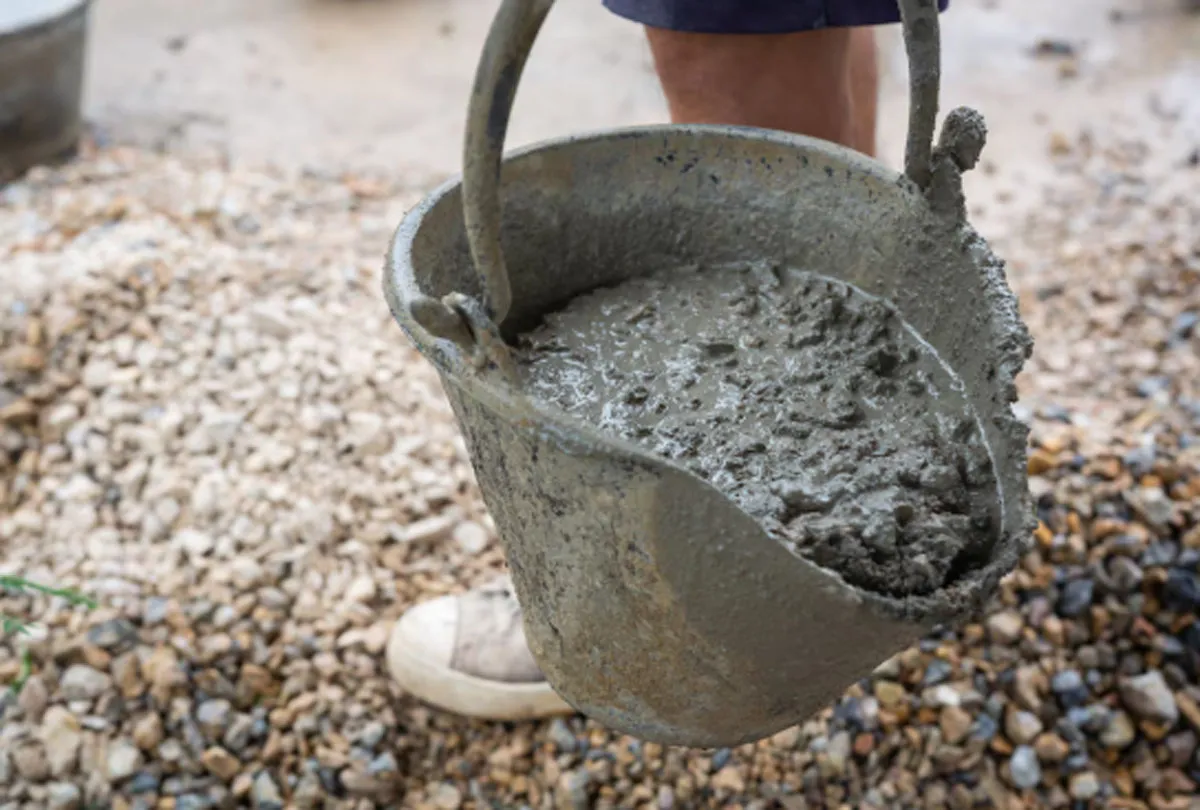
India's $15 Trillion Net-Zero Investment Challenge by 2070

Cement Makers Set for ~250 bps Margin Boost on Strong Realisations
Cement manufacturers are expected to record a 250–300 basis points (bps) expansion in operating margins this fiscal, supported by improved realisations driven by higher volumes, greater premiumisation and broadly stable input costs. Industry volume is projected to grow 6.5–7.5 per cent this fiscal, up from 5 per cent in the previous year. While the first half saw a moderate 5 per cent on-year rise—recovering from flat demand a year earlier—the second half is likely to strengthen with 8–9 per cent growth backed by pent-up demand and better liquidity.Pan-India cement prices are expecte..

Zen Technologies Bags Rs 1.20 Bn MoD Contract for Combat Training Node
Zen Technologies has secured a Rs 1.20 billion contract from the Ministry of Defence to establish India’s first Combat Training Node (CTN) at the Infantry School in Mhow, Madhya Pradesh. The institution, regarded as the alma mater of the country’s infantry forces, will host this state-of-the-art training ecosystem designed to enhance operational preparedness through advanced simulation technologies.The CTN will integrate more than 60 training simulators and solutions, aimed at modernising and standardising combat training. The initiative aligns with India’s broader goal of strengthening ..

Shree Cement Rolls Out Bangur Marble Cement in Odisha Market
Shree Cement has expanded its premium portfolio in eastern India with the launch of Bangur Marble Cement in Odisha under its master brand, Bangur Cement. The product, a premium PSC cement, is engineered for superior brightness, enhanced strength and strong crack resistance—qualities that make it particularly suitable for exposed concrete structures and large, visually striking designs. Its composition also makes it well suited to the climatic conditions of coastal Odisha, offering durable performance in challenging environments.The company plans to make the cement available through more than..

















